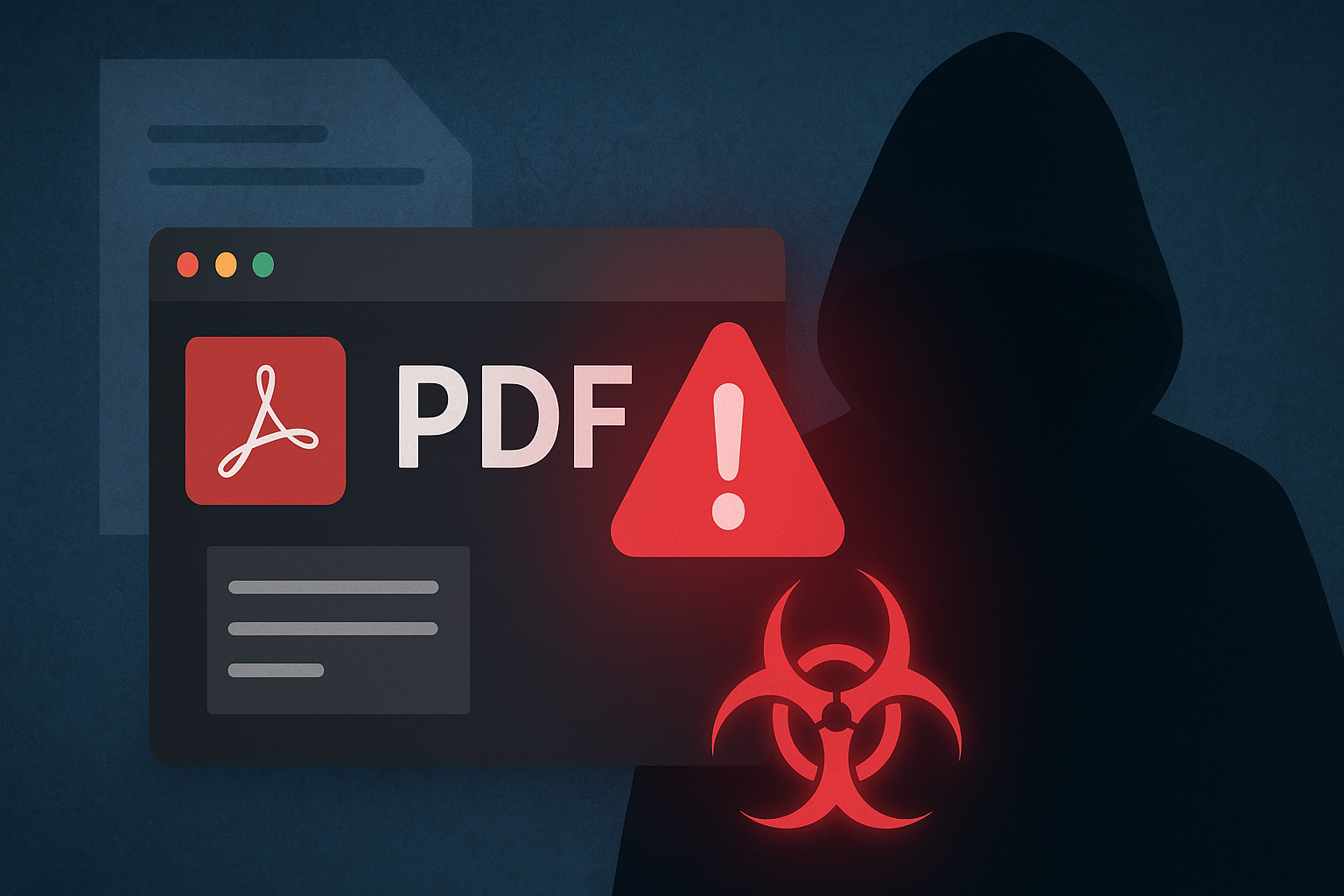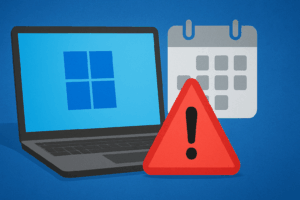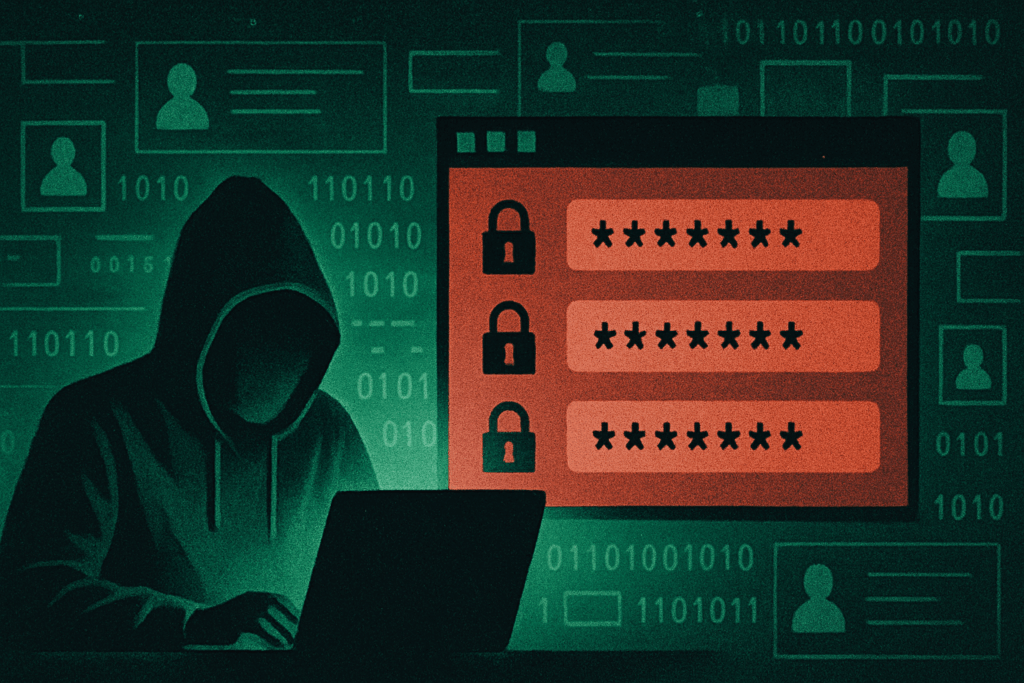Cybercriminals continue to refine their attack methods, and one of the latest threats making headlines is the TamperedChef infostealer, a stealthy malware distributed through fraudulent PDF editor applications. This attack vector highlights how cybercriminals exploit trust in widely used tools to spread malicious payloads.
What is TamperedChef?
TamperedChef is an advanced information-stealing malware (infostealer) designed to extract sensitive user data. Once installed, it can harvest:
- Browser credentials (usernames, passwords, autofill data)
- Stored cookies and session tokens
- Cryptocurrency wallet information
- System details useful for further exploitation
The stolen data is often exfiltrated to attacker-controlled servers, where it may be used for identity theft, financial fraud, or sold on underground marketplaces.
Delivery via Fraudulent PDF Editors
Hackers created a fake PDF editor called AppSuite PDF Editor and promoted it through Google Ads. People who downloaded it thought they were getting a useful tool, but in reality, it secretly planted the TamperedChef malware on their computers.
- The malware didn’t act immediately—it waited about 56 days before activating. This trick allowed the attackers to spread the fake editor widely before anyone noticed something was wrong.
- Once active, TamperedChef began stealing sensitive information like login credentials, browser cookies, and system details. It could even serve as a backdoor for further attacks.
- Hackers also distributed other fake tools like PDF OneStart and Epibrowser, sometimes turning infected computers into proxies to hide their online activity.
PDF editors make an ideal disguise for attackers because they are widely used in both personal and business environments. Many people regularly search for free or cracked versions of these tools online, which makes them a natural lure for cybercriminals. At the same time, PDF editors often request system-level permissions during installation so they can integrate fully with the operating system. This level of access provides malware like TamperedChef with the ability to run quietly in the background and harvest sensitive data without immediately raising suspicion. By imitating such a common and trusted type of application, attackers maximize their chances of tricking victims and achieving large-scale infections.
“Internet records suggests that this campaign begun on June 26, 2025, when a lot of the sites linked to the campaign were either first registered or first known to have promoted the AppSuites PDF Editor.
From August 21, 2025, machines that called back received instructions that activated the malicious capabilities, an information stealer, referred to as “Tamperedchef”.” – Truesec [1]
How to stay safe and protect against TamperedChef and other threats?
- Download software only from official sources. Avoid third-party or cracked installers. (Be cautious of “free” or cracked programs.)
- Use endpoint security solutions with behavioral analysis capable of detecting infostealers.
- Keep operating systems, antiviruses and applications updated to minimize vulnerabilities.
- Check which programs start automatically after a restart—unknown apps could be malicious.
- Stay educate about the risks of downloading pirated software.
- Monitor network traffic for suspicious outbound connections. (For advanced users, you will learn how to do this in upcoming articles.)
In short, what looked like a simple PDF editor was actually a trap designed to steal data and compromise security. This shows why caution when downloading software is more important than ever.
Also read how to keep your credentials safe.
Conclusion
The TamperedChef infostealer distributed via fraudulent PDF editor software demonstrates how cybercriminals exploit user trust and common business tools. By understanding this attack method and applying strong cybersecurity hygiene, organizations and individuals can reduce the risk of falling victim to this evolving threat.







